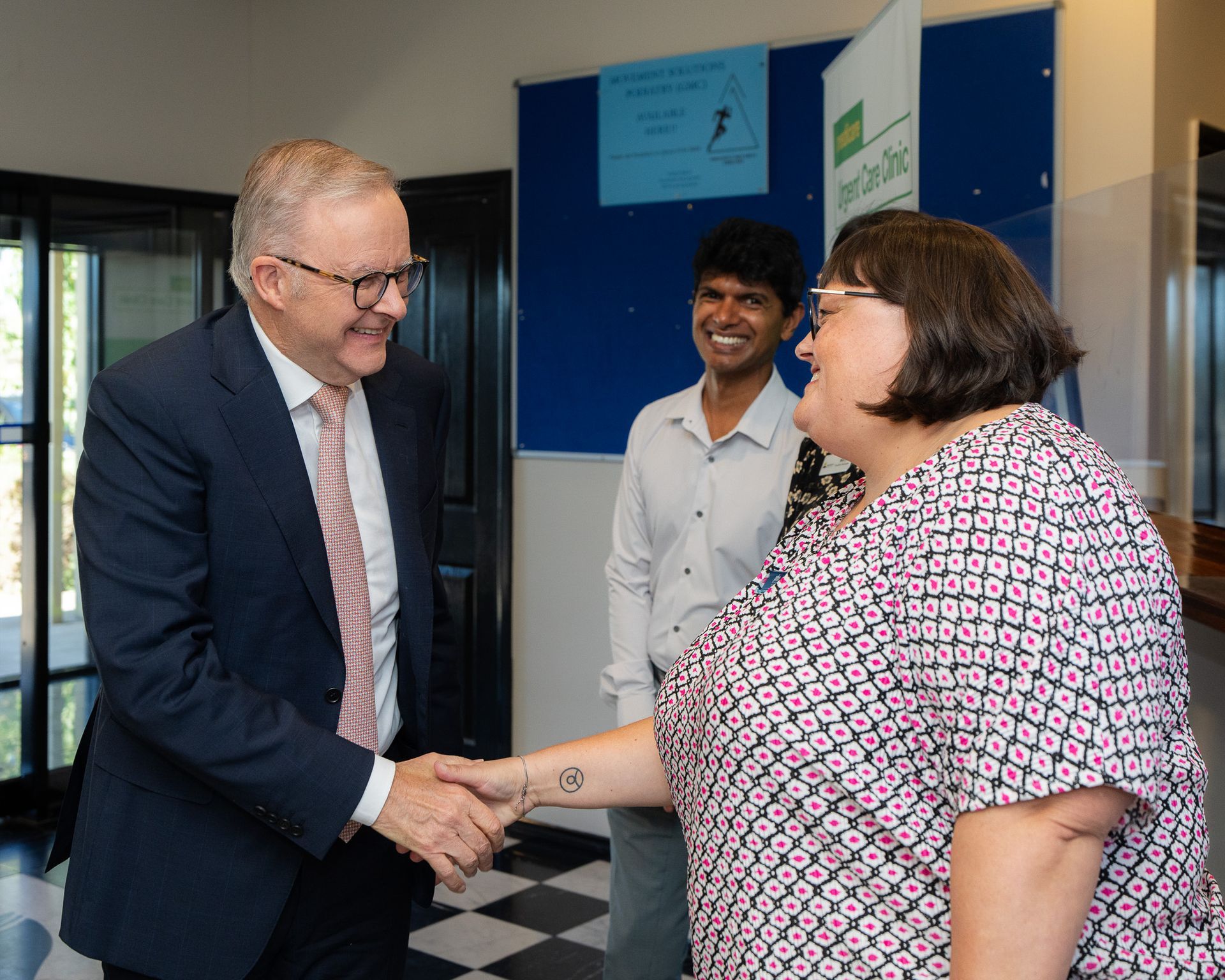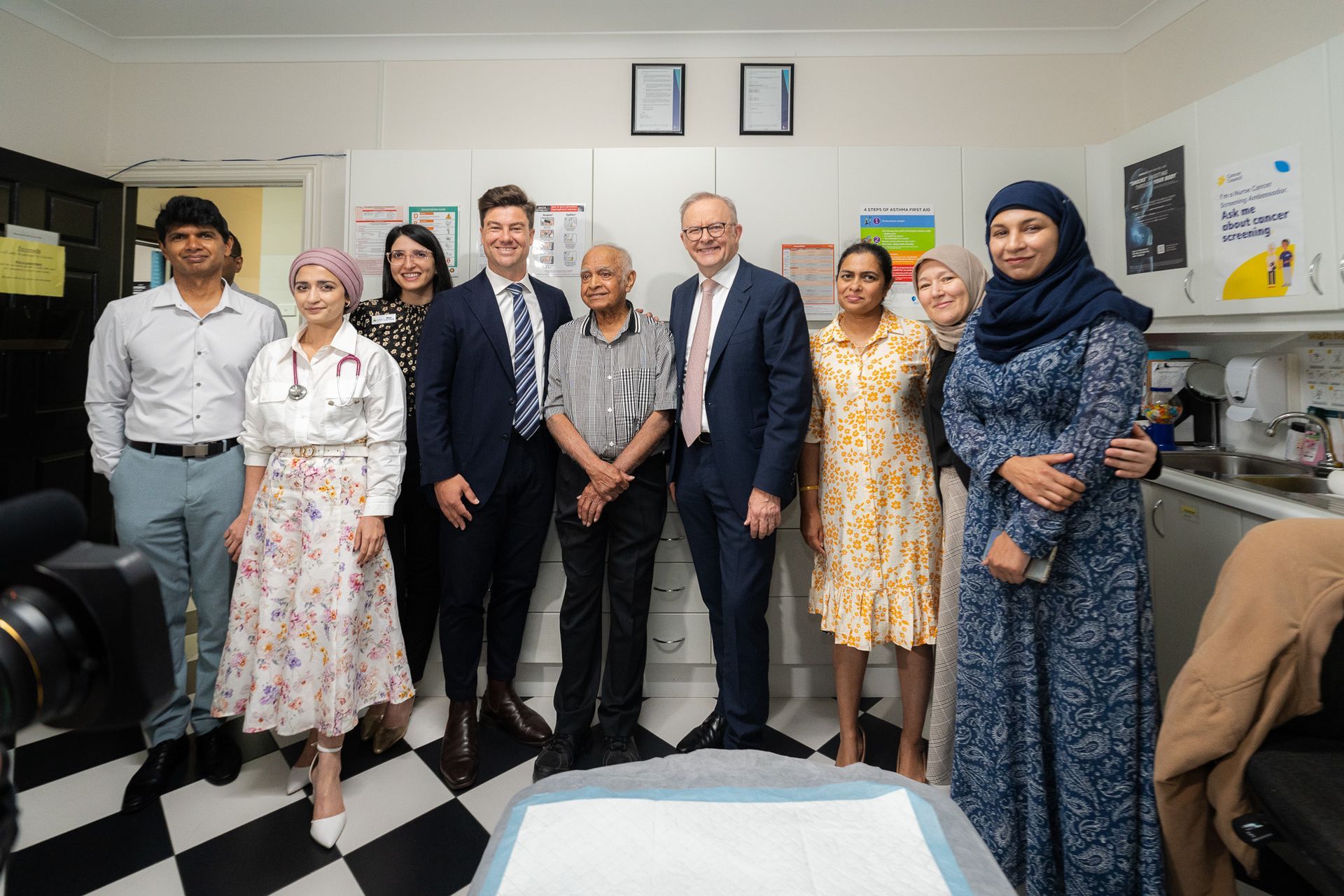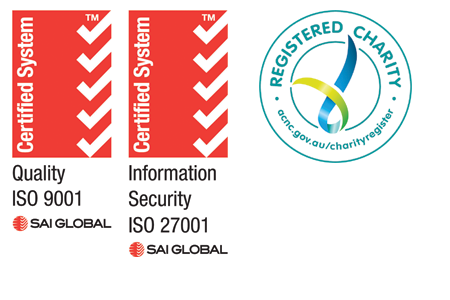Urgent care - managing clinics, patients and expectations
By Andrew Masterson

Pictured: Prime Minister Anthony Albanese with Bianca Bell, Executive Director, Health Systems Integration. NWMPHN at the official opening of the Medicare Urgent Care Clinic in Sunbury, February 2025. (Image credit: Australian Government, Department of Health, Disability and Ageing)
Since their introduction into Victoria in September 2022, Urgent Care Clinics (or Priority Primary Care Centres, as they were known) have significantly transformed the ways in which people access medical care.
In terms of services provided, the clinics occupy the valuable space between general practices and hospital emergency departments. Open seven days a week across extended hours, they provide GP-led care for urgent but non-life-threatening conditions such as mild infections, fractures and burns. They also offer pathology and imaging services onsite or nearby.
Care is available to anyone with or without a Medicare card, at no cost to the patient.
NWMPHN has the statewide operations and data lead roles, and oversees the tender process for clinics within its region. For this, it conducts due diligence on applicants, ultimately awards the contracts, and ensures performance, probity and branding standards are maintained.
By the close of 2024-25, 29 were operating in Victoria – with 10 in our catchment – and more planned.
The year saw a significant shift in the way the clinics were funded, with the Australian Government increasingly taking responsibility for costs formerly carried by Victoria. As this happened, the clinics were progressively rebranded as Medicare Urgent Care Clinics (MUCCs).
Maintaining and improving operating standards and capacity are key priorities for NWMPHN urgent care clinics team.
One of the most important ways these are defined is through the collection and analysis of de-identified quantitative and qualitative data. This process provides many valuable insights.
It also reveals that demand for services peaks at 11am during the day and 6pm after-hours.
Voluntary patient survey responses are collected and analysed. The results provide continually updated insights into user experience. Data analysed in late 2024, for example, found that 46 per cent of patients would have sought treatment at an emergency department had an urgent care clinic not been available.
Results concerning wait times were rather less clear-cut. This was an issue tackled through another of NWMPHN’s management mechanisms – a collaborative community of practice for clinic operators.
Responding to patient dissatisfaction with wait times, the team at the Latrobe urgent care clinic designed a traffic light widget that clearly showed the real-time expected waiting period, the number of patients waiting, and the number of GPs on duty.
This solution was quickly adopted by the Richmond UCC, and has prompted other operators to share ideas for signage and messaging to manage expectations.
NWMPHN has also encouraged the formation of local working groups. These typically comprise clinic operators, staff from the associated hospital emergency department, and representatives from Ambulance Victoria.
Working together the group members search for ways to co-design referral pathways, improve patient flow, and strengthen clinical integration tailored to local needs.

Pictured: Staff at the Medicare Urgent Care Clinic in Sunbury, with Prime Minister Anthony Albanese, and Sam Rae, Federal Member for Hawke, February 2025. (Image credit: Australian Government, Department of Health, Disability and Ageing)
“The idea for urgent care clinics came from record ED demand, and a recognition that there needed to be more support for urgent but not life-threatening conditions,” said Bianca Bell, NWMPHN’s Executive Director, Health Systems Integration.
“They are evolving into a really valuable part of the health system, that affords free treatment for injuries and conditions that may otherwise mean people waited for a GP appointment, or sitting in an emergency department for many hours.”
Referrals are made from many parts of the health system including the Victorian Virtual Emergency Department, Maternal Child Health Nurses, Ambulance Victoria and local GPs.
“In addition, they are having a really positive impact on relationships across the health system with general practices, local hospitals, emergency departments and emergency services and other providers coming together to improve pathways to reduce demand on emergency departments across the state,” said Bianca.



